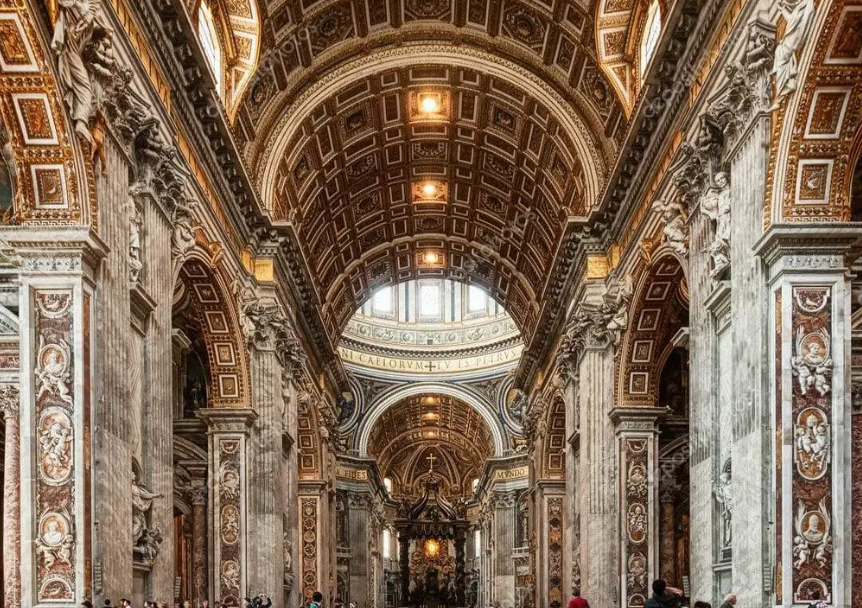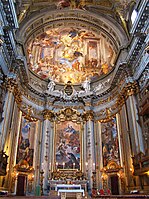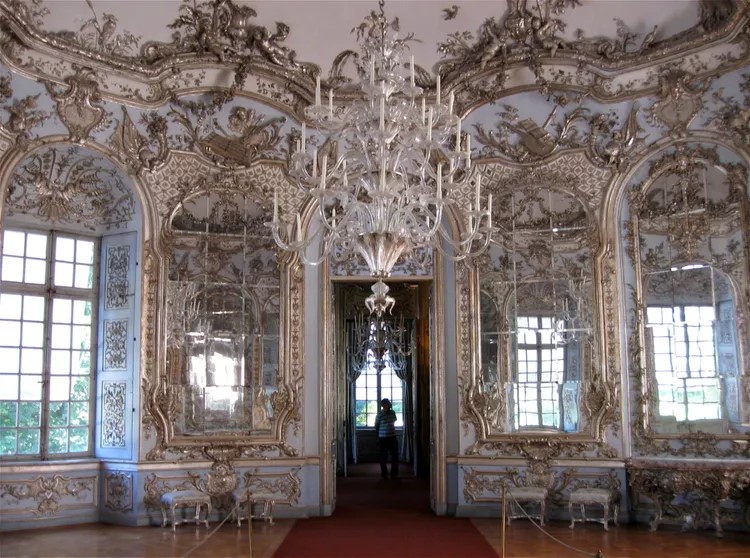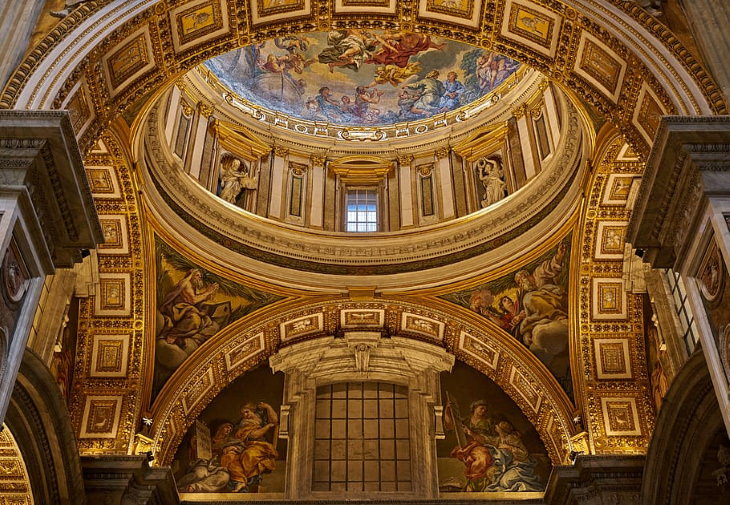
Renaissance Masterpieces
Contemporary Influences
Renaissance Architecture originated in Italy and superseded the Gothic style over a period generally defined as 1400 to 1600. Features of Renaissance buildings include the use of the classical orders and mathematically precise ratios of height and width combined with a desire for symmetry, proportion, and harmony. Columns, pediments, arches and domes are imaginatively used in buildings of all types.
Renaissance masterpieces which influenced other buildings worldwide include St. Peter's Basilica in Rome, the Tempietto of Rome, and the dome of Florence's cathedral. Another defining feature of Renaissance architecture is the proliferation of illustrated texts on the subject, which helped to spread ideas across Europe and even beyond. The Renaissance style was frequently mixed with local traditions in many countries and was eventually challenged by the richly decorative Baroque style from the 17th century onwards. Renaissance architecture was an evolving movement that is, today, commonly divided into three phases: Early Renaissance (c. 1400 onwards), the first tentative reuse of classical ideas High Renaissance (c. 1500), the full-blooded revival of classicism Mannerism (aka Late Renaissance, c. 1520-30 onwards) when architecture became much more decorative and the reuse of classical themes ever more inventive. Historians rarely agree on exactly when these changes developed and much, too, depends on geography, both in terms of countries and individual cities.
Architect Styles
Influential Styles

Baroque
During the Baroque period (c. 1600–1750), architecture, painting, and sculpture were integrated into decorative ensembles. Architecture and sculpture became pictorial, and painting became illusionistic.
Architecture Style
Baroque art was essentially concerned with the dramatic and the illusory, with vivid colours, hidden light sources, luxurious materials, and elaborate, contrasting surface textures, used to heighten immediacy and sensual delight. Ceilings of Baroque churches, dissolved in painted scenes, presented vivid views of the infinite to the worshiper and directed him through his senses toward heavenly concerns.

Rococo
In Rococo architecture, decorative sculpture and painting are inseparable from the structure. Simple dramatic spatial sequences or the complex interweaving of spaces of 17th-century churches gave way to a new spatial concept.
Architecture Style
Rococo architects obtained unified spaces, emphasized structural elements, created continuous decorative schemes, and reduced column sizes to a minimum. In churches, the ceilings of side aisles were raised to the height of the nave ceiling to unify the space from wall to wall

Gothic Revival
The architectural movement most commonly associated with Romanticism is the Gothic Revival, a term first used in England in the mid-19th century to describe buildings being erected in the style of the Middle Ages and later expanded to embrace the entire Neo-Gothic movement.
Architecture Style
by the beginning of the 19th century, picturesque planning and grouping provided the basis for experimentation in architecture. Gothic was especially suited to this aim.